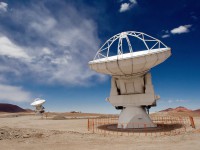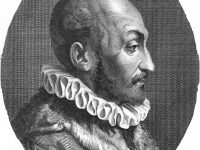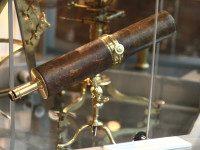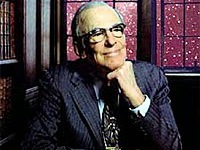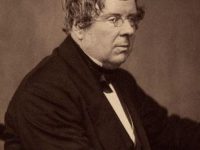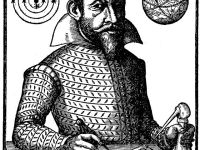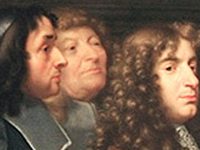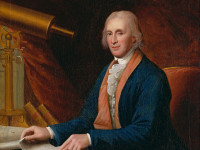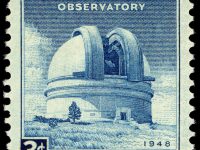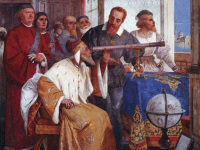ALMA – the largest and most expensive ground-based astronomical project
On October 3, 2011, first images produced by the Atacama Large Millimeter Array were released to the press. The Atacama Large Millimeter/submillimeter Array (ALMA) is an astronomical interferometer of radio telescopes in the Atacama desert of northern Chile. ALMA is currently the largest and most expensive ground-based astronomical project, costing between US$1.4 and 1.5 billion. The ALMA Interferometer ALMA is an interferometer, i.e. many small radio telescopes working together as a single large…
Read more

